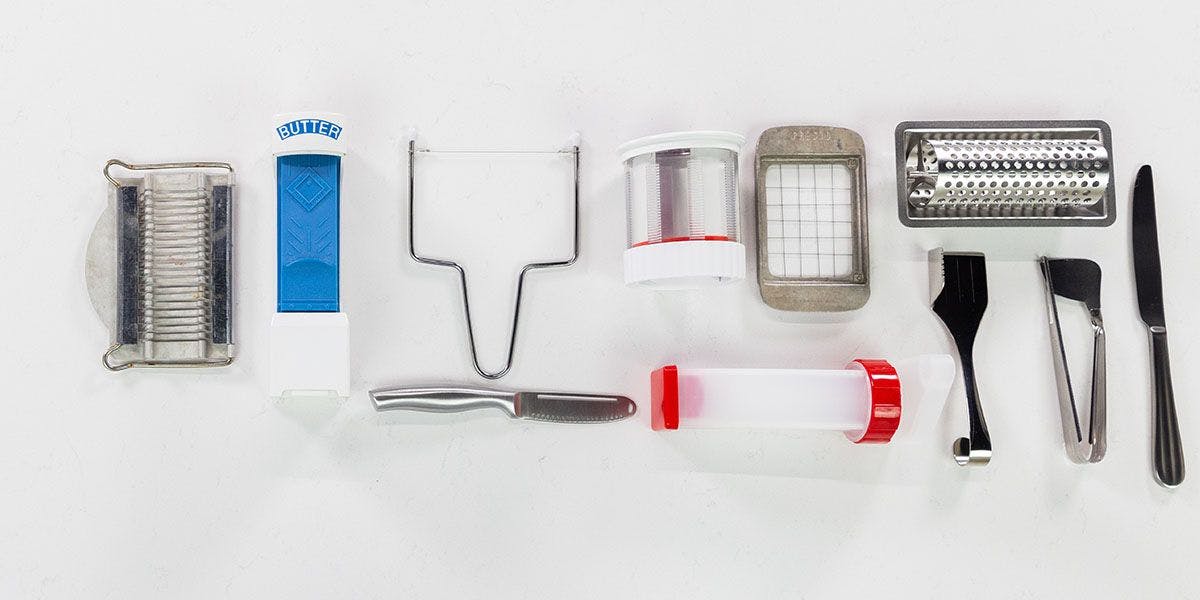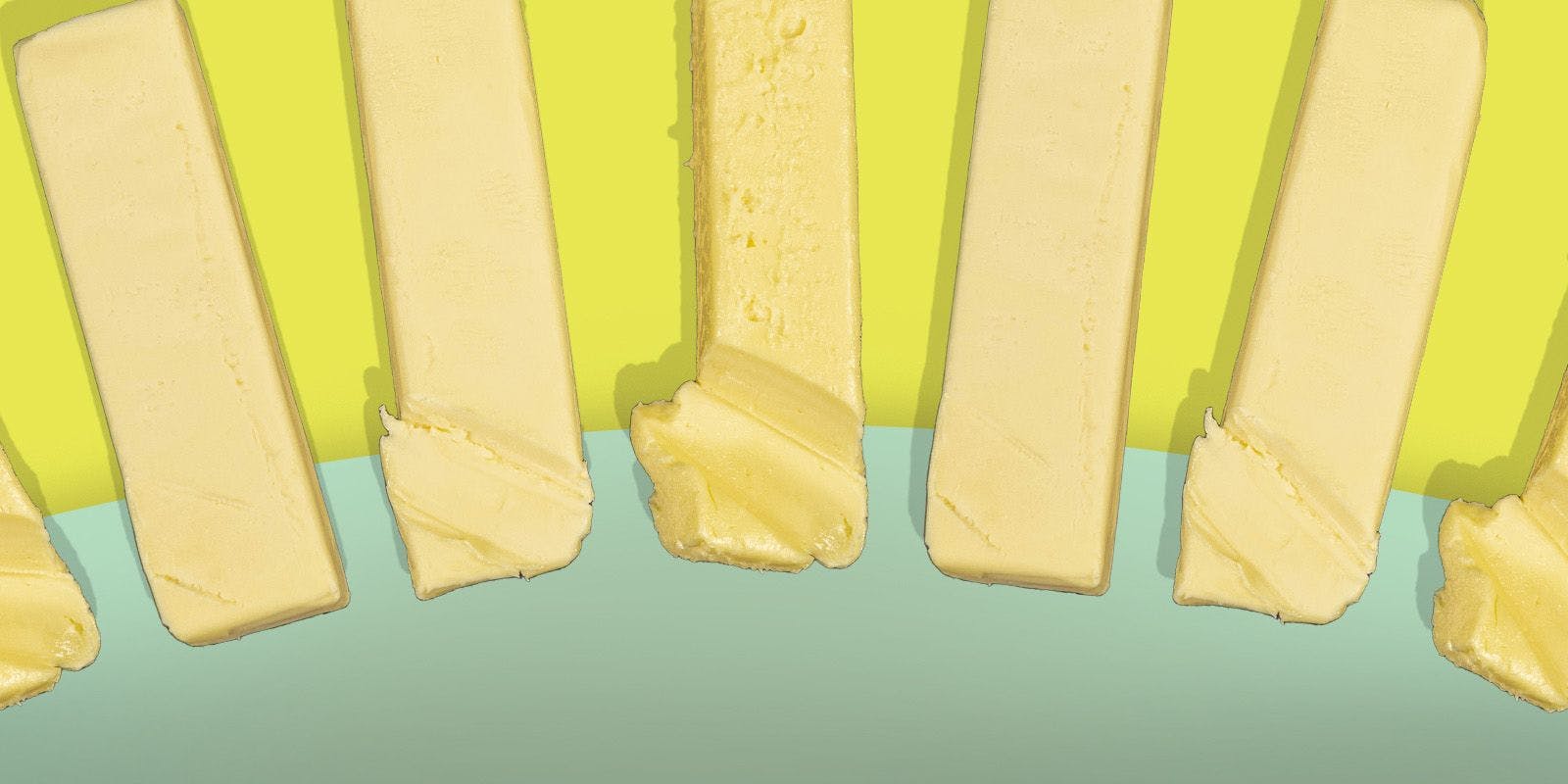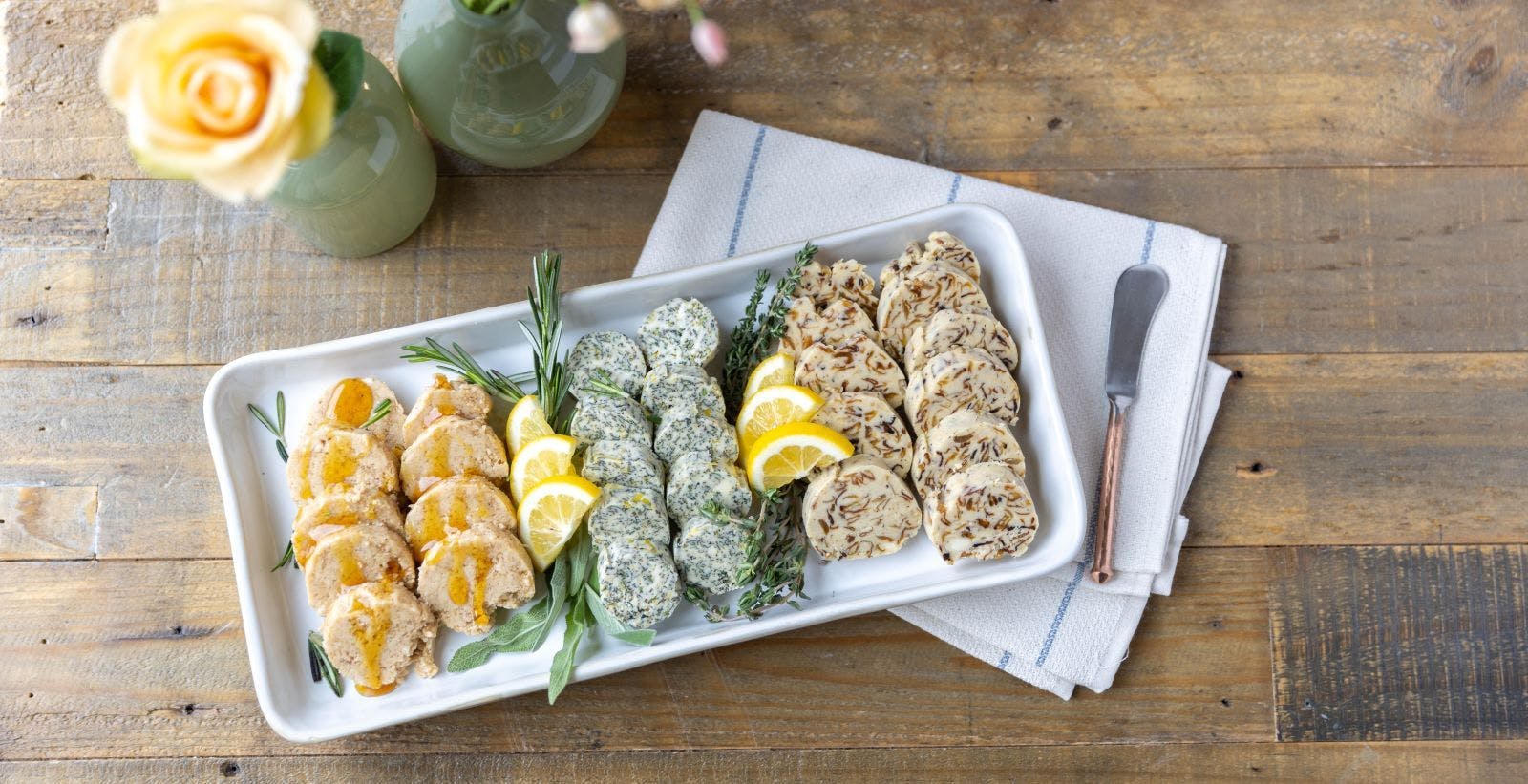
Food
What’s the Difference Between Butter, Margarine and Ghee?
It’s been 10 years since Time magazine declared “Eat Butter,” changing its tone on the decades-long war on fat.
While it did not outright support a high-fat, butter-heavy diet, Time acknowledged that fears about butter consumption may have been overexaggerated, emphasizing “the quality of food, of real food,” played much more of a role in healthy living outcomes than dietary fat reduction. But the lasting effects of the “war on butter” still influences how people eat. Many limit their butter consumption in favor of substitute products like margarine and ghee, and fear around butter persists.
At first glance, butter, ghee and margarine may seem like different names for the same product — they’re all fat bases and they can all be used all around the kitchen. But when we take a closer look, it becomes clear that not all fats are created equal.
Is Butter Healthy for You?
As with almost anything, butter is good in moderation. Organic Valley® Salted Butter contains just two ingredients: pasteurized organic sweet cream and a pinch of salt. It is made from the butterfat found in milk, so naturally it contains some saturated fats. Butter is a natural source of vitamins A, D, E and K. It also contains the fatty acid butyrate, and believe it or not, the name “butter” derives from butyrate, so it’s safe to say that it is key in its makeup.
It also tastes pretty good, and who says eating tasty food isn’t at least healthy for the soul?

Saturated vs. Unsaturated Fat
Saturated and unsaturated fats have some key differences that influence how they taste and what they do for the body. We’ll spare you the scientific details but here’s what you should know:
Saturated fats are mainly found in animal products — cheeses, meats, milk, etc. Butter contains mostly saturated fat, too. Organic Valley’s butter products contain 7 grams of saturated fat compared to 4 grams of unsaturated fat per tablespoon.
Many unsaturated fats come from plant bases and are considered heart healthy. Avocados, olives, nuts, fatty fish like salmon and canola oil are all high in unsaturated fats. A subset of unsaturated fats is trans fat — a product produced by adding hydrogen to vegetable oil. Most studies have criticized trans fats for their artificial nature, and the FDA limits the amount of trans fats in the food supply.

Margarine vs. Butter
At Organic Valley, we take pride in our butter products, but we still know a thing or two about margarine.
Margarine was designed to be a cheaper alternative to butter, and it was created in France in the mid-1800s. It was a mix of beef tallow and milk; however, it didn’t look like “real” butter. Instead of the golden yellow we’ve come to love about butter, it was a bland white — which was fine for war rations, but when it became a consumer good, companies didn’t want that.
So, margarine makers would have to dye their product to make it look like butter. What followed was a battle for butter supremacy between butter and margarine lobbies. Restrictions forced companies to dye their products pink, a far cry from the yellow they had hoped for. Eventually, dyeing margarine became illegal, so many companies started selling a yellow dye with the plain white margarine as a loophole. Because consumers would have to mix it in themselves, it technically wasn’t dyed to begin with.
Here’s a brief bit of history on the butter wannabe.
Now, margarine is commonly made with a mix of vegetable oils and water. Federal regulations require margarine to be a minimum 80% fat and a maximum 16% water, with the remaining ingredients consisting of preservatives, coloring and flavorings.
Check out Organic Valley’s take on the ‘War on Butter
https://www.youtube.com/watch?v=qHRLOtldLWo
It’s hard for us at Organic Valley to imagine adding any dyes or additives to our organic, two-ingredient butter, but we do things differently around here. “Not only are they simple ingredients, (it’s) a pretty basic process,” said Sam Barton, Organic Valley’s butter expert and senior food technologist. The butter-making process is just as simple: pasteurize and churn it until it has that perfect Organic Valley butter texture.
What is Ghee?
Ghee is just clarified butter, but what does that mean? And how is ghee made?
Organic Valley clarified butter, or ghee, is made by slowly cooking butter until the milk solids, water and fat all separate, leaving almost purely butterfat. Because we remove the milk solids, ghee is lactose-free, making it a better option for many lactose-intolerant people. What’s left is almost purely fat and a short ingredient list. Barton said, “You’re just removing moisture, cooking it and really delivering that ghee with cooked notes.”
Rooted in Indian culture, ghee has become a staple ingredient in the Hindu religion, and it is used by many in ayurvedic health practices.
Ghee vs. Butter
Ghee and butter are not the same, but now we can see that they’re closely related.
And those subtle differences affect when and where the products are used and stored. When storing ghee, it can be left at room temperature since there is no milk left in it, whereas butter is supposed to be kept in the fridge since it is perishable (but who isn’t guilty of leaving it out from time to time?). Check out the right way to store butter here.
Nutritionally, ghee and butter are almost identical — both are nearly 100% fat. However, ghee is more concentrated and calorie-dense than butter, providing 8.4 grams of saturated fat and 5.6 grams of unsaturated fat per tablespoon. Ghee has a stronger, more earthy and nutty flavor than butter as well as a deeper yellow color. Interestingly, the enhanced flavor profile is caused by the caramelization of milk solids during the cooking process. Ghee also has no casein and is certified kosher.
There are some key differences when cooking or baking, too. Butter has a lower smoke point — 350 F – making ghee, with its smoke point of 485 F, a better alternative when sauteing and stovetop cooking.

Why Is Ghee Used Instead of Butter?
Organic Valley’s butter and ghee have a variety of uses, and the two can be used in many similar ways. They can be used interchangeably in most cases, but using ghee instead of butter will offer a different flavor profile for your dish.
As mentioned earlier, ghee may be a better option for sauteing or frying because of its higher smoke point, but it has many of the same use cases as butter. It’s great on toast and baked goods and in pasta sauces, as is butter, but ghee’s aromatics may complement many eastern recipes more than butter does.
Organic Valley Ghee Recipes
Now that we’ve understood the basics of ghee and butter, what are some recipes that you can take home to your family?
The original recipe for these peanut butter cookies was taken from my great-grandma’s recipe book. My mom and I took a Sunday morning to break open the old green notebook and make two big batches of cookies. It’s some of the last handwriting from my great-grandma, and it was great to connect with my mom over some baking.
We made two batches, using butter in one and ghee in the other. While they were very similar, the ghee was a bit richer and nuttier and was a different eating experience. Neither batch was better than the other, you’ll just have to experiment to find which ones are better for you!
Nelson Family Peanut Butter Cookie Recipe
1 ¼ cups flour
¾ teaspoon baking soda
½ teaspoon baking powder
¼ teaspoon salt
½ cup Organic Valley Ghee or Organic Valley Unsalted Butter
½ cup peanut butter
½ cup granulated sugar
½ cup brown sugar
1 egg, well beaten
Sift flour, baking soda, baking powder and salt in a medium bowl. Cream together the butter or ghee with the peanut butter (about 2 minutes), then add the egg and sugar. Slowly add the dry ingredients and mix until combined. Chill for 30 minutes, then place on well-greased baking sheets in 1-inch balls. Use a sugar-coated fork to press the dough into shape, and bake for 10-12 minutes at 350 F.
Other Notable Ghee Recipes
Ghee Fudge Recipe
Mexican-inspired Street Corn Salad Recipe
Have fun out there and enjoy all of the great culinary delights that Organic Valley butter and ghee can offer!
Noah Nelson is a copywriting intern with Organic Valley. From Westby, Wisconsin, Organic Valley has been in Nelson's backyard his entire life. He started working as an intern at the cooperative this summer. He graduated from Viterbo University in 2024 and plans to attend the University of Oregon for his master's in Multimedia Journalism. Outside of work, Nelson likes to golf and travel, and he has several writing projects in the process of publication.
Related Articles
Tags:
- high quality products


















